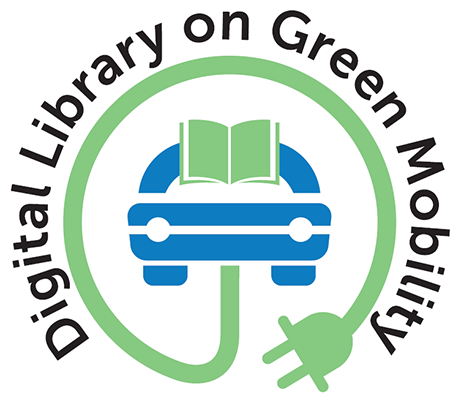Knowledge Hub
Webinar | Battery Monitoring – Importance and Solutions for Public Transport Companies
2020
Author(s): World Resources Institute (WRI)
We all know how much efforts have been put into bringing electric buses in India. Now as a result of which we are slowly starting to see the positive changes and impacts of these efforts as there are many electric buses running in different Indian cities and states with their own special business model, battery and technology characteristics, operators, etc.
Transport Sector Stakeholder Consultation| Session 2 Towards Decarbonization of Urban Transport
2020
Author(s): World Resources Institute (WRI)
Electric mobility is no longer a want, but a necessity for decarbonizing the urban transport sector. Meeting India’s electric mobility goals requires a mix of battery swapping and charging infrastructure, increased in-house production of sub-systems, enhanced revenue sources, rebalancing of expenditures within state and city budgets and fare adjustment.
Modeling the Impact of Electric Vehicle Charging Systems on Electric Power Quality
2020
Author(s): Baraniak J, Starzyński J
Recently, there has been dynamic development of electromobility. This trend is predicted to grow exponentially, which will contribute to the creation of an extensive infrastructure of electric car charging points.
Modelling Lithium-Ion Battery Ageing in Electric Vehicle Applications–Calendar and Cycling Ageing Combination Effects
2020
Author(s): Redondo-Iglesias E, Venet P, Pelissier S
Battery ageing is an important issue in e-mobility applications. Battery ageing in electric vehicles is composed of calendar and cycling ageing.
Multi-Level DC/DC Converter for E-Mobility Charging Stations
2020
Author(s): Lim S-K, Lee H-S, Cha H-R, Park S-J
The distribution of the small electric vehicles called personal mobility devices (PMDs), which can address problems such as traffic issues and environmental pollution, is expected to gain momentum.
Multimodal Choice Model for E-mobility Scenarios
2019
Author(s): Ferrara M, Liberto C, Nigro M, Trojani M, Valenti G
This paper focuses on the definition, calibration and testing of a simulation model that is able to represent multimodal choice behaviours for electric vehicles.
On the Rising Interdependency Between the Power Grid, ICT Network, and E-Mobility: Modeling and Analysis
2019
Author(s): Mohamed AAA
Boosting critical infrastructures' (CIs) preparedness to threats, including natural disasters and man-made attacks, is a global imperative. The intrinsic dependencies and interdependencies between CIs hinder their resiliency.
Operation of Battery Storage as a Temporary Equipment During Grid Reinforcement Caused by Electric Vehicles
2020
Author(s): Held L, Baumann S, Suriyah MR, Leibfried T, Ratajczak L, Lossau S, Konermann M
Electric vehicle charging stresses distribution grids significantly with high penetrations of electric vehicles. This will lead to grid reinforcement works in several distribution grids. Battery storage is a possible solution to bypass times of grid reinforcement due to electric vehicle charging.
Profitable Decarbonization Through E-Mobility
2020
Author(s): Kumbaro G, Canaz C, Deason J, Shittu E
The objective of this paper is to answer an integrated set of questions related to how the transportation sector, despite the advances in vehicular fuel efficiencies and through plug-in electric vehicles, influences overall energy demand, cost and CO2 emissions.
Scheme for Faster Adoption and Manufacturing of Electric Vehicles in India Phase II (FAME India Phase II)
2019
Publisher/Organisation: Ministry of Heavy Industries and Public Enterprises, Government of India
Department of Heavy Industry initiated the launch of Phase II of FAME on April 1, 2019 (to be implemented over a period of three years) based on the outcomes and experiences gained during Phase I from stakeholders for implementation along with the appropriate allocation of funds.



